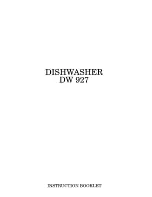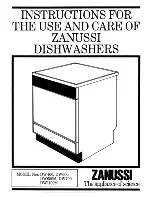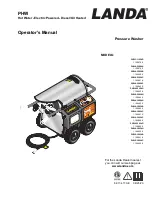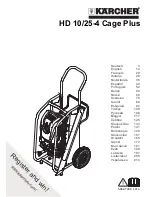
Installation
*INSTALLATION*
72
Installation surface
A concrete floor is the most suitable in-
stallation surface. It is far less prone to
vibration during the spin cycle than
wooden floorboards or a carpeted sur-
face.
Please note:
The washer-dryer must be level and
securely positioned.
To avoid vibrations during spinning,
the washer-dryer must not be in-
stalled on soft floor coverings.
If installing on a wooden joist floor,
please note:
Use a plywood base underneath the
washer-dryer (at least
59 x 52 x 3 cm). The base must span
several joists and be bolted to the
joists and not only to the floorboards.
Tip:
If possible, install the washer-dryer
in a corner of the room, as this is usu-
ally the most stable part of the floor.
Danger of injury due to unse-
cured washer-dryer.
If the washer-dryer is installed on an
existing on-site plinth (concrete or
brick), there is a danger of the ma-
chine falling off the plinth during the
spin cycle.
Secure the washer-dryer with a
fastening bracket (optional access-
ory).
Carrying the washer-dryer to
its installation site
Danger of injury due to unse-
cured lid.
The fixings at the back of the lid
could break as a result of external
forces. There is a danger of the lid
being pulled off when carrying the
machine.
Before carrying the machine, check
that the lid is secure where it pro-
trudes at the back of the machine.
Carry the washer-dryer by the front
feet and by the lid where it protrudes
at the back of the machine.
Removing the transit bars
Removing the left-hand transit bar
Push the cover out and turn the left-
hand transit bar 90° using the open
spanner supplied.
















































